
Our water is precious, but water pollution is a growing threat. But before we dive into the amazing technologies cleaning our wastewater, let's understand the challenges: what pollutes our water and why. By identifying the root causes, we can not only treat the problem, but also prevent it altogether, safeguarding our environment for a healthy future.
Sources of
Water Pollution
Water pollution arises from various sources, which can be broadly categorized into point sources and non-point sources. Here's a detailed overview of these sources:
Point Sources
Point sources of water pollution are identifiable and confined locations where pollutants are discharged, typically through pipes or channels. These include:
- Industrial Discharges: Factories and industrial plants release pollutants such as heavy metals, chemicals, and toxins directly into water bodies. Common contaminants include mercury, lead, and solvents.
- Sewage and Wastewater: Treatment plants and septic systems discharge treated and untreated human waste, pharmaceuticals, and household chemicals into rivers, lakes, and oceans.
- Oil Spills: Accidents involving oil tankers and drilling rigs can release large quantities of oil into the ocean, harming marine life and ecosystems.
Non-Point Sources
Non-point sources are diffuse and originate from multiple points, often carried by runoff. These include:
- Agricultural Runoff: Fertilizers, pesticides, and animal waste from farms wash into water bodies during rainfall, leading to nutrient pollution and harmful algal blooms.
- Urban Runoff: Rainwater picks up pollutants like oil, grease, heavy metals, and trash from streets and parking lots, carrying them into waterways.
- Atmospheric Deposition: Pollutants released into the air from industrial activities, vehicle emissions, and other sources can settle onto land and water surfaces, contributing to acid rain and contamination of water bodies.
Additional Sources
Other significant contributors to water pollution include:
- Plastic Waste: Improperly disposed plastic products break down into microplastics, which contaminate oceans and freshwater bodies, posing threats to aquatic life and human health.
- Deforestation and Soil Erosion: The removal of trees and vegetation destabilizes the soil, leading to increased sediment in rivers and streams, which can disrupt aquatic habitats and transport other pollutants.
- Mining Activities: Mining operations can release sediments, heavy metals, and acidic water into rivers and streams.
Key Pollutants
The major pollutants involved in water pollution include:
- Nutrients: Excess nitrogen and phosphorus from fertilizers and sewage promote excessive algae growth, which depletes oxygen and harms aquatic life.
- Pathogens: Bacteria, viruses, and parasites from sewage and animal waste can cause diseases in humans and animals.
- Chemicals: Industrial and agricultural chemicals, including pesticides, herbicides, and pharmaceuticals, can be toxic to aquatic organisms and disrupt ecosystems.
- Heavy Metals: Metals like mercury, lead, and cadmium from industrial processes and mining are toxic and can accumulate in the food chain.
- Plastics and Microplastics: These persist in the environment, posing physical and chemical hazards to marine and freshwater organisms.
Preventive Measures
Addressing water pollution requires a combination of regulatory measures, technological solutions, and public awareness:
- Regulation and Enforcement: Strict enforcement of environmental laws and regulations on industrial discharges, agricultural practices, and waste management.
- Wastewater Treatment: Upgrading sewage and industrial wastewater treatment facilities to remove a broader range of contaminants.
- Sustainable Practices: Promoting sustainable farming and industrial practices to minimize the release of pollutants.
- Public Education: Educating the public about the impact of pollution and encouraging responsible disposal of household chemicals and plastics.
By understanding the diverse sources and types of water pollution, more effective strategies can be developed to protect and restore water quality for ecosystems and human use.

How Waste Water Treatment Technology
protects our Planet Earth?
Wastewater treatment technology plays a crucial role in maintaining the health of our planet by addressing several key environmental challenges. Here's how it helps in taking better care of Earth:
Reducing Pollution
Wastewater treatment plants remove contaminants from sewage and industrial effluents before they are released into natural water bodies. This process reduces the levels of harmful substances such as chemicals, heavy metals, and pathogens, which can otherwise pollute rivers, lakes, and oceans, causing damage to aquatic ecosystems and human health.
Kingsley's effluent treatment plants are leading the charge in protecting our water bodies. Our innovative systems deliver exceptional results, significantly reducing pollutants in wastewater:
- BOD reduction by 99%
- COD reduction by 99%
- TSS reduction by 79%
Click to see our ETP performance
Protecting Aquatic Life
By removing harmful pollutants, wastewater treatment protects aquatic life. Clean water supports biodiversity, helping to preserve the habitats of various marine and freshwater species. Healthy aquatic ecosystems are crucial for maintaining the balance of natural processes, such as nutrient cycling and food chains.
Recycling and Reusing Water
Advanced wastewater treatment technologies enable the recycling and reuse of water. Treated water can be used for agricultural irrigation, industrial processes, and even as potable water in some cases. This reduces the demand on freshwater resources, which are increasingly scarce in many parts of the world.
Reducing Greenhouse Gas Emissions
Modern wastewater treatment technologies are designed to be energy-efficient and can even generate energy. Processes like UASB, anaerobic digestion produce biogas, which can be used as a renewable energy source. By reducing reliance on fossil fuels, these technologies help lower greenhouse gas emissions.
Nutrient Recovery
Wastewater often contains valuable nutrients such as caustic salts and phosphorus, which can be recovered and reused in the manufacturing process of that industry. This not only reduces the need for chemicals but also prevents these nutrients from causing eutrophication in water bodies, a process that leads to excessive growth of algae and depletion of oxygen.
Public Health Protection
Effective wastewater treatment removes pathogens that can cause waterborne diseases. By ensuring that the water released into the environment is safe, these technologies protect public health and reduce the incidence of diseases like cholera, dysentery, and typhoid.
Supporting Sustainable Development
Wastewater treatment is essential for sustainable urban and industrial development. It allows communities to grow without compromising the quality of their water resources. By supporting clean water initiatives, it contributes to several United Nations Sustainable Development Goals (SDGs), including clean water and sanitation (SDG 6), sustainable cities and communities (SDG 11), and life below water (SDG 14).
Climate Change Adaptation
With the increasing impacts of climate change, such as more frequent and severe droughts and floods, efficient water management becomes crucial. Wastewater treatment helps in adapting to these changes by ensuring a reliable supply of clean water and reducing the vulnerability of water resources to pollution and overuse.
In summary, wastewater treatment technology is vital for environmental conservation, public health, and sustainable development. By effectively managing and treating wastewater, we can protect natural ecosystems, conserve water resources, reduce pollution, and contribute to a healthier planet for future generations.

Advance Wastewater Treatment Technologies
for Water Recycling and Reuse
Advance wastewater treatment technologies play a critical role in enabling water recycling and reuse, ensuring that treated water meets high-quality standards for various applications. Here are some specific examples of these technologies:
Membrane Filtration
- Reverse Osmosis (RO): Uses semi-permeable membranes to remove dissolved salts, organic molecules, and other impurities. Widely used for producing high-purity water.
- Ultrafiltration (UF): Removes suspended solids, bacteria, and viruses, allowing only water and small solutes to pass through.
- Nanofiltration (NF): Removes small organic molecules and divalent ions, providing a balance between RO and UF in terms of selectivity.
Membrane Bioreactors (MBRs)
Combines biological treatment with membrane filtration. MBRs use a biological reactor for biodegradation of organic matter followed by membrane filtration to separate treated water from biomass, achieving high levels of organic and nutrient removal.
Advanced Oxidation Processes (AOPs)
- Ozone (O3) Treatment: Uses ozone to oxidize organic contaminants, pathogens, and other pollutants. Effective in breaking down complex organic molecules.
- UV/Hydrogen Peroxide (UV/H2O2): Combines ultraviolet light with hydrogen peroxide to generate hydroxyl radicals, which are highly effective in degrading organic contaminants.
Activated Carbon Filtration
Utilizes activated carbon to adsorb organic compounds, chlorine, and other pollutants. This process is effective in removing taste, odor, and color, as well as micro-pollutants such as pharmaceuticals and pesticides.
Ion Exchange
Uses ion exchange resins to remove ions such as heavy metals, nitrates, and phosphates from wastewater. Particularly useful in water softening and demineralization processes.
Electrodialysis and Electrodialysis Reversal (ED/EDR)
Uses electrical current and ion-exchange membranes to separate ionic contaminants from water. EDR, a variation of ED, periodically reverses the polarity to reduce scaling and fouling.
Anaerobic Digestion
Biological process that breaks down organic matter in the absence of oxygen, producing biogas (methane) and a nutrient-rich digestate. Useful for treating high-strength industrial wastewater and reducing sludge volumes.
Electrocoagulation
Employs electrical current to destabilize and aggregate contaminants, which can then be removed through sedimentation or flotation. Useful for treating industrial effluents with heavy metals and suspended solids.
These advanced treatment technologies are often used in combination to enhance the efficiency and effectiveness of wastewater recycling and reuse, making it possible to produce water that meets stringent quality standards for a wide range of applications, including potable reuse, industrial processes, and agricultural irrigation.
Effectiveness of wastewater treatment technologies
in removing pollutants from sewage and industrial effluents
The effectiveness of current wastewater treatment technology in removing pollutants from sewage and industrial effluents varies depending on several factors, including the type of treatment processes used, the size and type of microplastics, and the operational conditions of the treatment plants. Here’s a detailed overview of the current capabilities and limitations:
Preliminary Treatment
- Effectiveness: Pretreatment, which involves the physical removal of large particles through screening and filtration, can remove some pollutants, particularly those larger than 1 millimeter.
- Limitations: This process is less effective for smaller pollutants (less than 1 millimeter) and fibers, which can pass through the primary treatment stages.
Primary Treatment
- Effectiveness: Primary treatment, which involves the physical and chemical treatment to correct pH and physical settling of suspended solids in primary clarifiers to reduce BOD and SS load on downstream processes.
- Limitations: Primary treatment primarily focuses on removing large settleable solids and some organic matter. It's less effective in removing dissolved pollutants, nutrients, and smaller suspended particles.
Secondary Treatment
- Effectiveness: Secondary treatment, which typically includes biological processes such as activated sludge or biofilm reactors, can further reduce microplastic concentrations. Research indicates that secondary treatment can remove 70-90% of pollutants.
- Limitations: Despite high removal rates, the remaining pollutants are often smaller and more difficult to filter, including fibers and fragments smaller than 300 micrometers.
Tertiary Treatment
- Effectiveness: Tertiary treatment processes, including advanced filtration (e.g., sand filters, activated carbon filters) and UV disinfection, can significantly enhance pollutant removal. These methods can achieve removal rates exceeding 99% for some types of pollutants.
- Limitations: High operational and maintenance costs can limit the widespread implementation of advanced tertiary treatments. Membrane fouling and the need for frequent cleaning are additional challenges.
Emerging Technologies
- Advanced Oxidation Processes (AOPs): These include techniques such as ozonation and photocatalysis, which can degrade some micropollutants into smaller, potentially less harmful substances. However, complete degradation is not always achieved, and the byproducts can sometimes pose environmental risks.
- Electrocoagulation: This process uses electrical current to coagulate and remove suspended particles, including microplastics. It shows promise for higher removal efficiency but is still under research and not widely adopted.
Factors Affecting Pollutant Removal Efficiency
- Pollutant Characteristics: Size, shape, density, and polymer type affect removal efficiency. Fibers and smaller particles are more challenging to remove.
- Plant Design and Operation: The design of the treatment plant, the combination of processes used, and operational conditions (e.g., flow rates, and retention times) significantly impact microplastic removal rates.
- Influent Concentration: Higher concentrations of microplastics in influent can lead to varying removal efficiencies, with some plants being overwhelmed by high loads.
Current wastewater treatment technologies can effectively remove a significant proportion of micropollutants, particularly larger particles. Primary and secondary treatments together can achieve substantial reductions, but tertiary treatments are necessary for higher removal rates, especially for smaller micropollutants. However, the complete removal of all micropollutants is challenging, and ongoing research and technological advancements are crucial to improving the effectiveness of wastewater treatment plants in mitigating pollution.
Sustainable farming and industrial practices
to protect our water bodies
To minimize the release of pollutants into water bodies, several sustainable farming and industrial practices are being promoted. These practices aim to reduce the use of harmful chemicals, manage waste effectively, and enhance the natural environment's ability to filter and absorb pollutants. Here are some of the key practices:
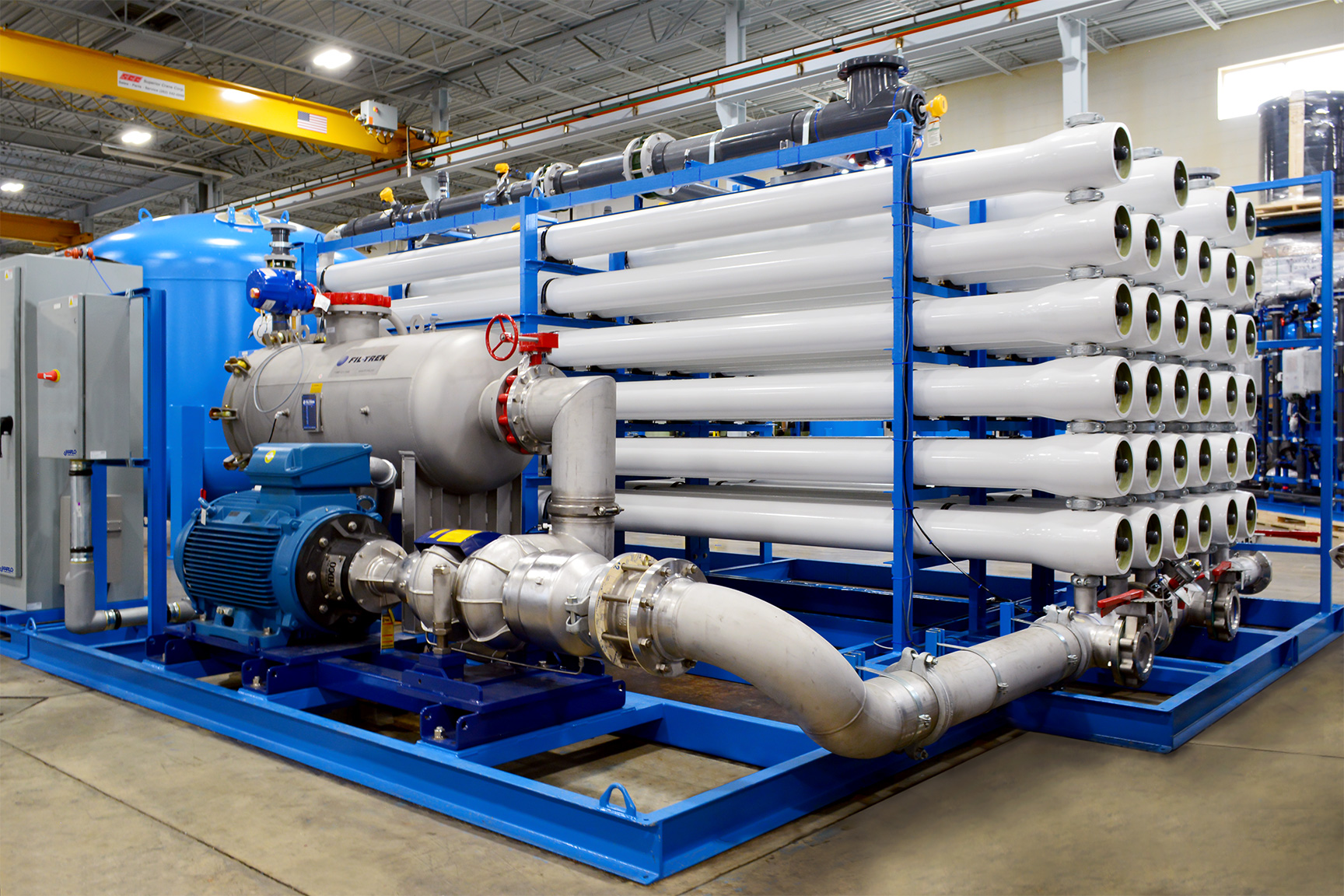
For minimizing pollution
7 Sustainable Industrial Practices
- Effluent Treatment Plants (ETPs):
- Facilities designed to treat industrial wastewater before it's released into the environment.
- Removes harmful pollutants, ensuring discharged water meets environmental standards.
- Zero Liquid Discharge (ZLD):
- An approach where all wastewater is treated and reused, leaving no discharge into the environment.
- Ensures that pollutants are fully contained and managed.
- Green Chemistry:
- Developing industrial processes and products that reduce or eliminate the use and generation of hazardous substances.
- Minimizes the potential for chemical pollutants to enter water bodies.
- Closed-Loop Systems:
- Recirculating water within industrial processes to minimize water use and waste.
- Reduces the volume of contaminated water that needs treatment.
- Rainwater Harvesting System (RWHS) or stormwater Management:
- Implementing systems such as permeable pavements, green roofs, and rain gardens to manage runoff.
- Helps to filter pollutants and reduce the volume of Rainwater or stormwater entering natural water bodies.
- Pollution Prevention (P2):
- Practices aimed at reducing the amount and toxicity of waste generated.
- Includes optimizing processes, substituting less harmful materials, and enhancing operational efficiencies.
- Sustainable Supply Chain Management:
- Ensuring that suppliers adhere to environmental standards.
- Promotes the use of eco-friendly materials and reduces the overall environmental impact of industrial activities.
For minimizing pollution
7 Sustainable Farming Practices
- Integrated Pest Management (IPM):
- Combines biological, cultural, physical, and chemical tools to manage pests in an environmentally and economically sound manner.
- Reduces reliance on chemical pesticides, thus minimizing runoff into water bodies.
- Cover Cropping:
- Planting cover crops such as clover or rye during off-season times when soil would otherwise be bare.
- Prevents soil erosion, improves soil health, and reduces nutrient runoff.
- Buffer Strips and Riparian Zones:
- Establishing vegetative buffer zones along waterways.
- These areas filter out sediments, nutrients, and pollutants before they enter water bodies.
- Conservation Tillage:
- Reduces soil disturbance, maintaining soil structure and health.
- Decreases erosion and runoff, helping to keep nutrients and pesticides out of water systems.
- Nutrient Management Plans:
- Optimizing the application of fertilizers based on crop needs and soil tests.
- Minimizes the excess application of nutrients, reducing the risk of nutrient runoff into water bodies.
- Organic Farming:
- Avoids synthetic pesticides and fertilizers, using natural alternatives instead.
- Promotes soil health and reduces chemical runoff.
- Agroforestry:
- Integrating trees and shrubs into agricultural landscapes.
- Helps to stabilize soil, reduce runoff, and enhance biodiversity.
For minimizing pollution
Common Practices Across Sectors
- Monitoring and Reporting:
- Regularly monitoring water quality and pollutant levels.
- Helps to identify sources of pollution and assess the effectiveness of mitigation measures.
- Stakeholder Engagement and Education:
- Involving community, industry, and government stakeholders in water management efforts.
- Promotes awareness and collaboration in reducing water pollution.
- Regulatory Compliance:
- Adhering to environmental regulations and standards for water quality.
- Ensures that farming and industrial activities do not exceed pollutant limits.
By adopting these sustainable practices, both farming and industrial sectors can significantly reduce their impact on water quality, contributing to healthier aquatic ecosystems, safer water resources for all, and taking better care of planet Earth.
Technology for a
Sustainable Future
Kingsley™ focuses on long term & sustainable future with a reliable technology.
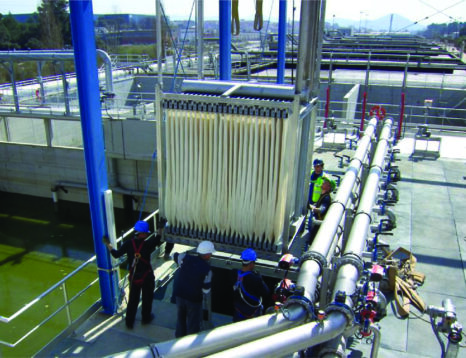
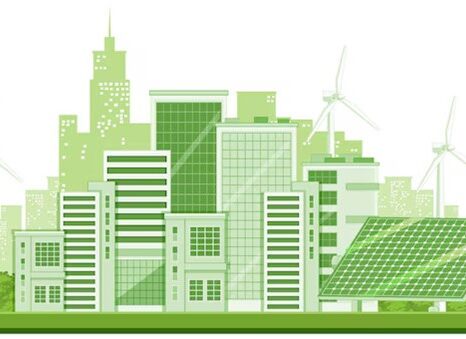




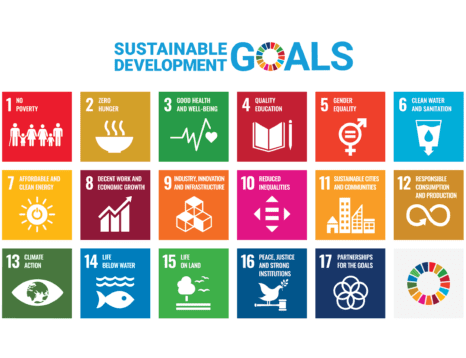



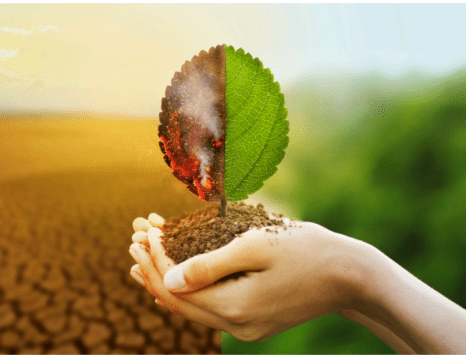
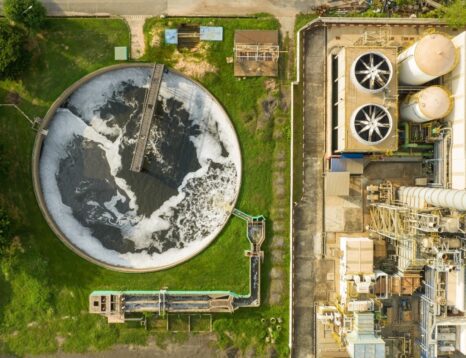

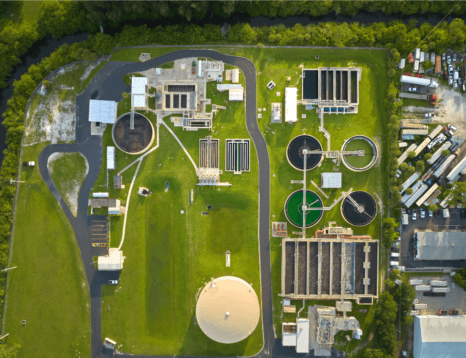
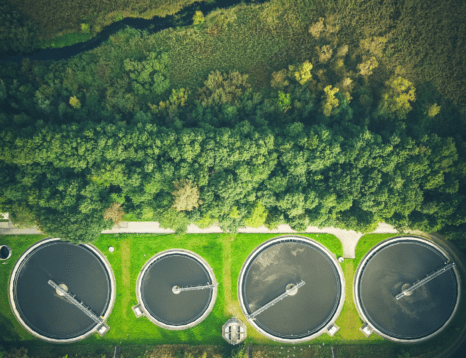

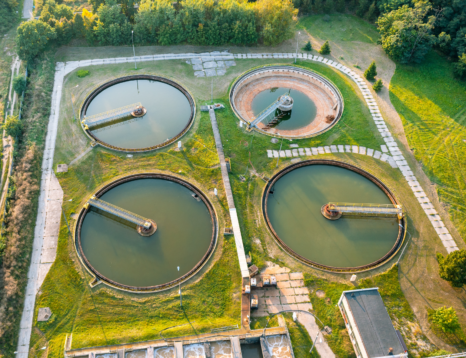
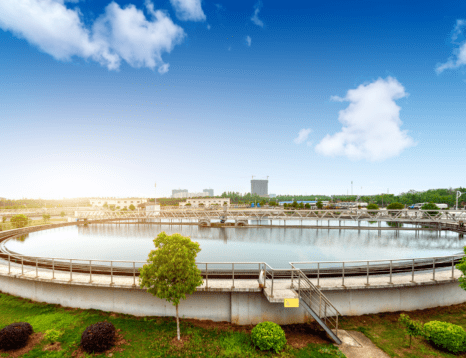
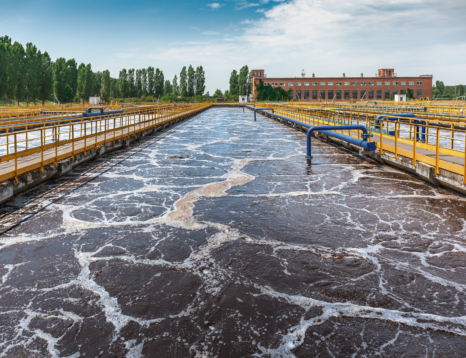
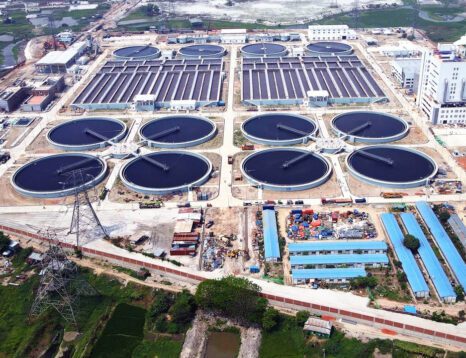
You must be logged in to post a comment.